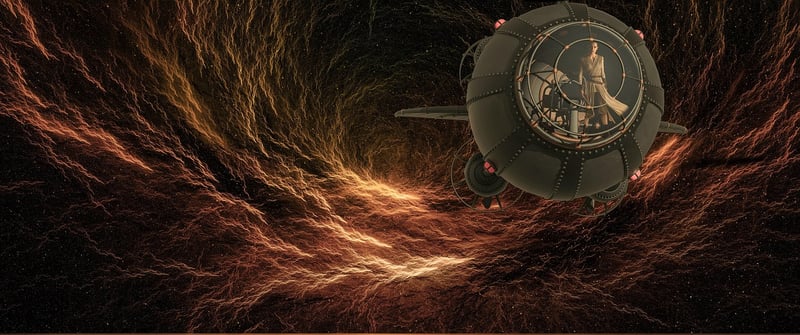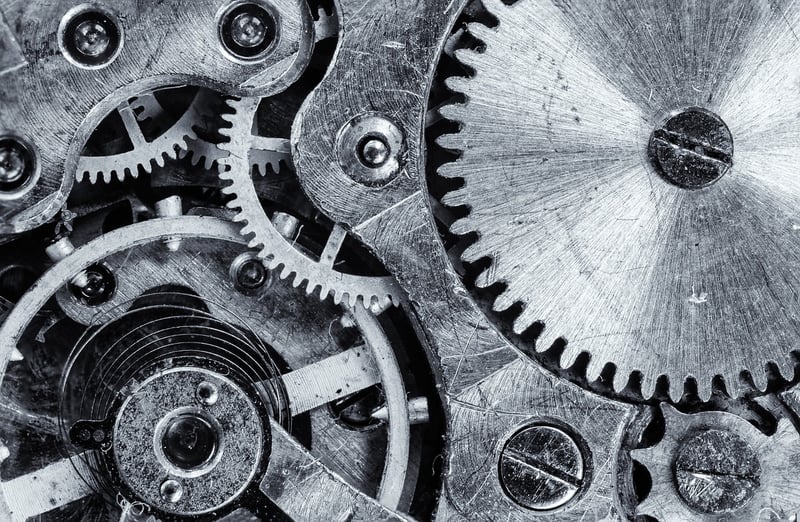H.G. Wells' Time Machine
Mechanisms for Time Travel and H.G. Wells' Time Machine
Time travel has fascinated humans for centuries, with numerous theories and concepts proposed to make it a reality. From science fiction novels to scientific hypotheses, the idea of traveling through time captures the imagination of many. One of the most renowned works of fiction that popularized the concept of time travel is H.G. Wells' "The Time Machine."
1. Wormholes
One of the popular theories for time travel involves wormholes. Wormholes are hypothetical tunnels that connect two separate points in spacetime. By traversing through a wormhole, one could theoretically travel from one point in time to another. While wormholes remain a theoretical concept, they have been a staple in science fiction stories.

2. Time Dilation
According to Einstein's theory of relativity, time dilation occurs when an object is moving at a significant fraction of the speed of light or in the presence of a strong gravitational field. Time passes differently for the moving object compared to a stationary observer. While time dilation has been observed in experiments, practical time travel using this method remains a challenge.

3. H.G. Wells' Time Machine
H.G. Wells' novel "The Time Machine," published in 1895, introduced the concept of a machine that could transport an individual through time. The protagonist of the story invents a device that allows him to travel to the distant future, where he witnesses the evolution of humanity. Wells' Time Machine is a classic example of how literature can ignite the imagination and spark discussions about the possibility of time travel.

While time travel remains a theoretical concept, the fascination with exploring the past and future continues to inspire scientific research and creative works. Whether through wormholes, time dilation, or fictional inventions like H.G. Wells' Time Machine, the idea of transcending the constraints of time captivates the human imagination.
